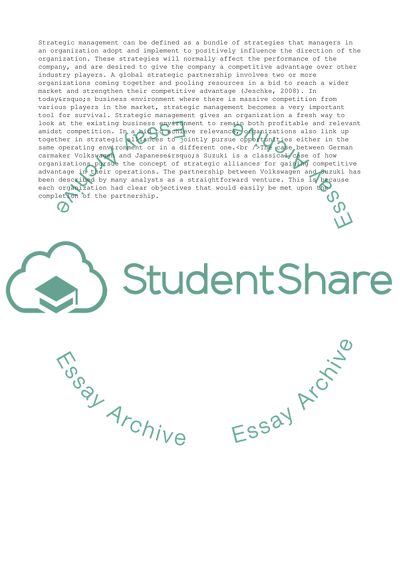Cite this document
(“Strategic Management Case of Volkswagon and Suzuki Essay”, n.d.)
Strategic Management Case of Volkswagon and Suzuki Essay. Retrieved from https://studentshare.org/management/1689220-strategic-management-case-of-volkswagon-and-suzuki
Strategic Management Case of Volkswagon and Suzuki Essay. Retrieved from https://studentshare.org/management/1689220-strategic-management-case-of-volkswagon-and-suzuki
(Strategic Management Case of Volkswagon and Suzuki Essay)
Strategic Management Case of Volkswagon and Suzuki Essay. https://studentshare.org/management/1689220-strategic-management-case-of-volkswagon-and-suzuki.
Strategic Management Case of Volkswagon and Suzuki Essay. https://studentshare.org/management/1689220-strategic-management-case-of-volkswagon-and-suzuki.
“Strategic Management Case of Volkswagon and Suzuki Essay”, n.d. https://studentshare.org/management/1689220-strategic-management-case-of-volkswagon-and-suzuki.


